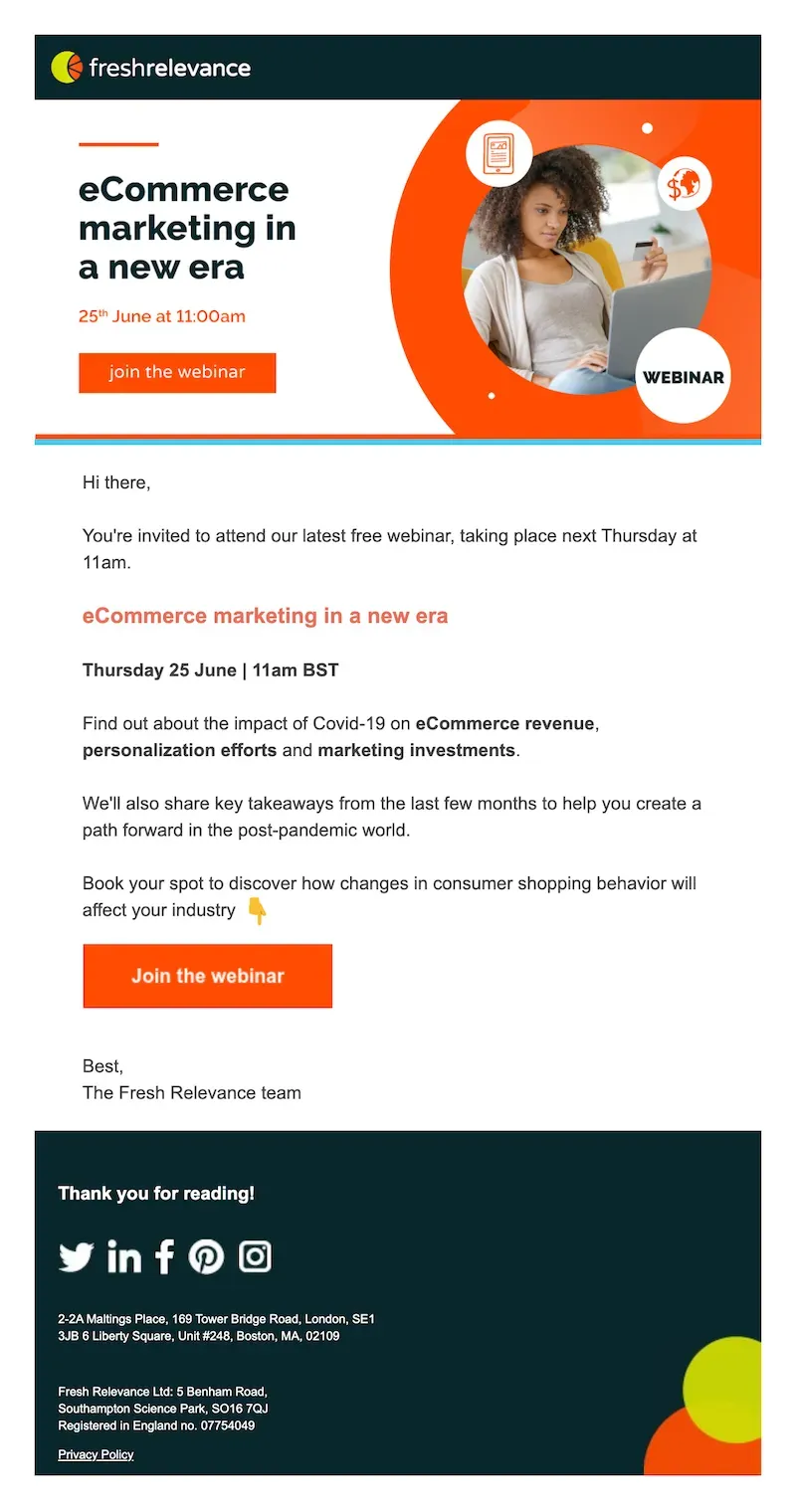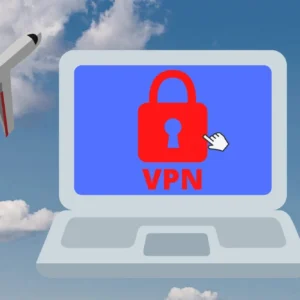Email marketing is far from obsolete; in fact, it remains a powerful tool for businesses seeking to connect with their audience. As social media advertising experiences diminishing returns, savvy marketers are turning to effective email marketing strategies to boost engagement and sales. With proven benefits of email marketing—including an impressive ROI of $36 for every dollar spent—it’s clear that this channel is essential in 2025. If you’re wondering how to start email marketing, the process is straightforward and rewarding, focusing on building a genuine relationship with your subscribers. To succeed, remember to implement practical email marketing tips that enhance your outreach and keep your audience informed.
Digital communication has evolved, yet direct outreach through email continues to thrive as a key marketing strategy. Often referred to as direct mail’s digital counterpart, this form of outreach allows businesses to maintain meaningful connections with their clientele. By leveraging innovative tactics and understanding the nuances of audience engagement, brands can effectively navigate the landscape of electronic correspondence. The significance of this method is underscored by its ability to deliver personalized content directly to consumers, fostering loyalty and driving conversions. As we explore the dynamics of this communication channel, it’s essential to examine various techniques that can amplify its effectiveness.
Understanding Email Marketing: An Overview
Email marketing is a powerful tool that continues to thrive in the digital landscape, proving its worth even in 2025. Unlike other forms of marketing, such as social media advertising, email marketing offers businesses a direct line of communication with their audience. This channel allows for personalized messaging, ensuring that the content resonates with the recipient. The statistics speak for themselves; for every dollar spent on email marketing, businesses can expect an impressive return on investment. This makes it not only a viable option but a crucial strategy for growth.
Furthermore, the importance of email marketing lies in its ability to build relationships with customers. In a world where attention spans are short and competition is fierce, establishing a loyal customer base is essential. Email allows brands to engage with their audience regularly, providing value through newsletters, promotions, and personalized offers. By fostering this relationship, businesses can enhance customer retention and increase overall sales.
How to Start Email Marketing: A Step-by-Step Guide
Starting an email marketing campaign might seem daunting, but it can be broken down into manageable steps. First, selecting the right email marketing platform is crucial. Each provider offers different features tailored to various business needs. For instance, small businesses might benefit from platforms like Mailchimp, while eCommerce sites may find Klaviyo more suitable due to its advanced segmentation and automation capabilities.
Once you’ve chosen a platform, the next step is to build your email list. This can be achieved by creating engaging opt-in forms on your website and offering incentives, such as discounts or exclusive content. It’s essential to focus on collecting quality leads who are genuinely interested in your products or services. As you grow your list, remember to engage with your subscribers consistently, ensuring they remain interested and active.
The Benefits of Email Marketing for Businesses
Email marketing offers numerous benefits that can significantly impact a business’s bottom line. One of the most compelling advantages is its cost-effectiveness compared to traditional advertising methods. With minimal costs associated with sending emails, businesses can reach a large audience without breaking the bank. This makes it an ideal choice for startups and small businesses looking to maximize their marketing budgets.
Additionally, email marketing allows for precise targeting and segmentation. Businesses can tailor their messages based on customer behavior, preferences, and demographics. This level of personalization leads to higher engagement rates and can significantly boost conversion rates. By providing relevant content to the right audience, companies can foster loyalty and encourage repeat purchases.
Email Marketing Strategies for Maximum Engagement
To enhance the effectiveness of your email marketing campaigns, it’s essential to implement targeted strategies. One such strategy is A/B testing, where different versions of an email are sent to segments of your audience to determine which performs better. This could involve testing subject lines, content layouts, or call-to-action buttons. By analyzing the results, marketers can refine their approach and improve overall engagement.
Another effective strategy is to incorporate storytelling into your email content. Engaging narratives can capture the reader’s attention and encourage them to take action. By sharing relatable experiences or customer testimonials, businesses can connect more deeply with their audience, making them more likely to open future emails and engage with the brand.
Leveraging AI in Email Marketing
The rise of artificial intelligence (AI) is transforming email marketing, making it more efficient and effective. AI tools can analyze subscriber behavior, predicting the best times to send emails for optimal engagement. This not only improves open rates but also helps in crafting personalized content that resonates with individual users, enhancing the overall customer experience.
Moreover, AI can streamline email marketing automation. By setting up intelligent workflows, businesses can send targeted emails based on user actions, such as cart abandonment or previous purchases. This level of automation not only saves time but also ensures that customers receive timely and relevant communications, further increasing the likelihood of conversions.
Crafting Emails That Get Opened: Tips and Tricks
Creating compelling subject lines is crucial for increasing your email open rates. A well-crafted subject line should spark curiosity and convey a sense of urgency while remaining concise. Avoid using clickbait tactics, as this can lead to distrust and higher unsubscribe rates. Instead, focus on delivering value and clearly indicating what the reader can expect from the email.
In addition to an engaging subject line, the content of the email itself plays a significant role in encouraging opens and clicks. Use a friendly and approachable tone, and ensure that your message is easy to read. Break up long paragraphs with bullet points or images to maintain the reader’s interest. Remember, the goal is to create a conversation rather than a sales pitch, making the recipient feel valued and understood.
Email Marketing Benchmarks: Understanding Your Metrics
Monitoring email marketing benchmarks is essential for evaluating the success of your campaigns. Key metrics such as open rates, click-through rates (CTR), and conversion rates provide insights into how your audience is responding to your emails. Understanding these numbers helps you identify areas for improvement and allows for data-driven decision-making in future campaigns.
It’s also vital to compare your benchmarks against industry standards. For example, while an average open rate might be around 20-30%, achieving a rate closer to 50% indicates a highly engaged audience. By setting realistic goals based on these benchmarks, businesses can assess their performance and make necessary adjustments to optimize their email marketing strategies.
My Email Marketing Growth Hacks
Over the years, I’ve discovered several growth hacks that have significantly improved my email marketing efforts. One key tip is to focus on your email list’s quality rather than quantity. Engaging with a smaller, highly interested audience often yields better results than a larger, disengaged list. This means regularly cleaning your email list to remove inactive subscribers, ensuring that your messages reach those who truly want to hear from you.
Another effective hack is to encourage your subscribers to share your emails with friends or family. Including a simple ‘forward to a friend’ link can help expand your reach organically. Additionally, consider running referral programs where existing subscribers can benefit from sharing your content, further incentivizing them to promote your brand.
Avoiding Spam: Ensuring Your Emails Reach the Inbox
Ensuring your emails land in the primary inbox rather than the spam folder is critical for email marketing success. Start by implementing proper email authentication protocols such as DMARC, SPF, and DKIM. These technical measures help establish your credibility as a sender and reduce the likelihood of your emails being flagged as spam.
Moreover, it’s essential to respect your subscribers’ preferences. Always provide an easy way for them to unsubscribe if they no longer wish to receive your emails. This not only complies with regulations but also helps maintain a healthier email list. Remember, a smaller list of engaged subscribers is far more valuable than a large list filled with uninterested recipients.
When is the Best Time to Send Emails?
Determining the best time to send emails can be a game-changer for your marketing campaigns. While many marketers stick to conventional wisdom about peak sending times, experimenting with different sending schedules can yield surprising results. For example, sending emails late at night or during off-peak hours can capture the attention of recipients when their inboxes are less crowded.
Additionally, it’s crucial to analyze your audience’s behavior to identify trends that work for your specific demographic. This might involve segmenting your list based on time zones or past engagement patterns. By tailoring your sending times to align with when your audience is most likely to check their emails, you can significantly improve your open and click-through rates.
Frequently Asked Questions
What is email marketing and why is it still effective in 2025?
Email marketing is a powerful tool for businesses, delivering a return on investment of up to $36 for every $1 spent. It remains effective in 2025 because it allows brands to communicate directly with their audience, ensuring engagement without relying on social media algorithms. Furthermore, owning your email list means you can reach your subscribers without additional costs, making it a crucial asset for any business.
How to start email marketing successfully?
To start email marketing, first choose an email marketing platform that fits your needs, such as Klaviyo for eCommerce or Beehiiv for creators. Next, begin collecting emails through opt-in forms by offering value, like discounts or informative guides. Promote your newsletter on social media and ensure you send a welcome email to new subscribers. Consistency is key, so regularly send emails, analyze feedback, and adjust your strategy as needed.
What are some effective email marketing strategies?
Effective email marketing strategies include crafting compelling subject lines that hint at the solution to your audience’s problems, personalizing your emails to foster a real connection, and timing your emails strategically to avoid crowded inboxes. Using storytelling techniques in your content can also significantly boost engagement and open rates.
What are the benefits of email marketing?
The benefits of email marketing include high ROI, direct communication with your audience, the ability to segment your audience for targeted campaigns, and the ownership of your email list. Additionally, email marketing allows for personalized content, leading to higher engagement rates and customer loyalty.
What are some email marketing tips for better engagement?
To improve engagement in your email marketing campaigns, focus on writing personal and relatable content, utilize A/B testing to determine what resonates with your audience, and ensure your emails are mobile-friendly. Also, regularly clean your email list to maintain deliverability and engagement rates.
| Topic | Key Points |
|---|---|
| Quick Intro | Introduction to email marketing and its importance. |
| What is Email Marketing? | Email marketing offers a high ROI, keeping businesses connected with their audience. |
| How to Start Email Marketing | Choose a platform, collect emails, promote your newsletter, and engage consistently. |
| How AI is Changing Email Marketing | AI enhances content creation, personalizes emails, and optimizes send times. |
| Email Marketing Growth Hacks | Effective subject lines and personal communication boost engagement. |
| Email Deliverability | Use DMARC, SPF, and DKIM for authentication and avoid spam. |
| Best Time to Send Emails | Timing varies; testing different times can yield better results. |
| Creating Engaging Emails | Storytelling is key to crafting emails that resonate with audiences. |
| Email Marketing Benchmarks | Understand metrics like open rates and CTR to evaluate performance. |
| Final Thoughts | Focus on creating valuable content and understanding your audience. |
Summary
Email marketing remains a powerful strategy for businesses, proving its effectiveness even in 2025. With a strong focus on creating genuine connections and delivering valuable content, marketers can leverage email to engage their audience, drive sales, and ultimately grow their business. As social media’s ad performance declines, businesses that invest in email marketing will benefit from its direct reach and high return on investment, making it an essential component of any digital marketing strategy.










